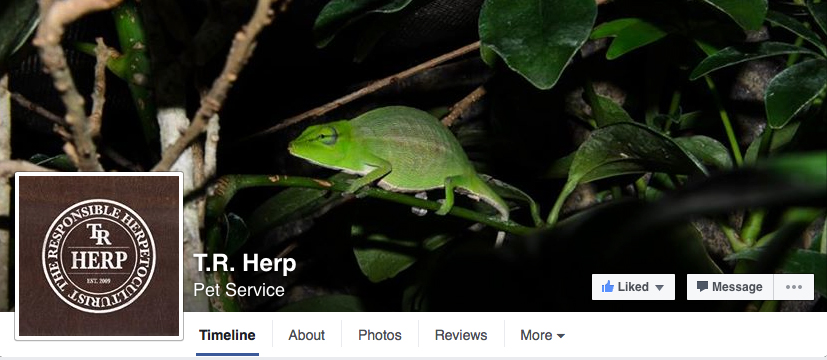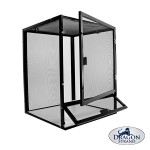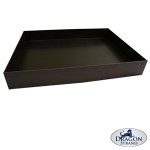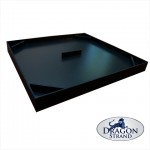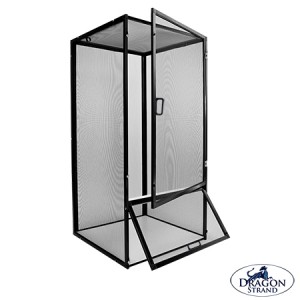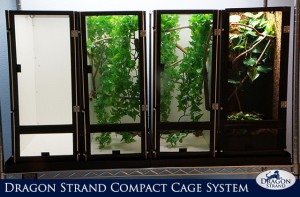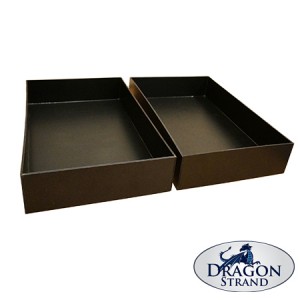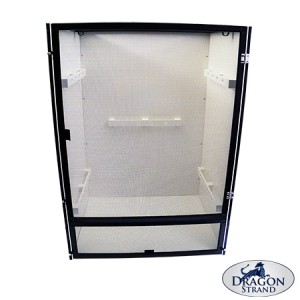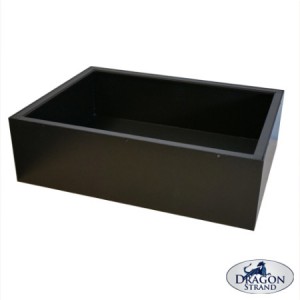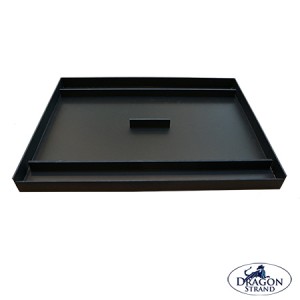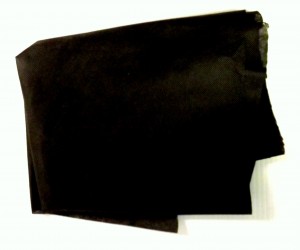The Brookesia genus of chameleons. They are small, they are cryptic, and they are fascinating! Luis Wiedemann, a Podcast favorite, comes back on and gives us a window into how to take care of these little chameleons! .
. .
Follow Luis’ activities and Brookesia breeding projects at
or on Facebook at
Brookesia Cage Set-up
Supplies for building a forest floor substrate may be new to some chameleon keepers. Here is a start as to where to find supplies!
Caging: If you need high humidity you can use the glass terrariums by ZooMed.
If you want drier conditions you can go with a screen cage. The Dragon Strand Chameleon Caging company offers a number of cage sizes. For ground level species, like B. stumpffi, you can go for a simple 16″ x 16″ x 20″ Juvenile Keeper Cage. There is also a substrate tray and drainage tray available.
If you are working with a species like B. ebanaui that likes height the Medium Tall 17.75″ x 17″ x 36″ Keeper Cage gives you both a forest floor and three feet height. Place this one in a high up location!
If you would like to set up a rack of cages and keep pairs, the Dragon Strand Compact Cage System is a perfect hybrid, rack compatible cage. Each cage is 1.5″ wide, 17″ deep, and 24″ high. They come in pairs with a drainage tray included. Substrate trays are available as well.
The perfect naturalistic environment cage is the Medium Wide Breeder Cage with a 6″ Substrate Tray and a Large Drainage Tray. This 6″ Substrate Tray gives you a deep substrate and rich opportunities to create a bio-active environment. The more soil, the greater your ability to keep the life going. But this is the combination which allows you to drill holes in the bottom of the substrate tray and have it drain directly out of the cage and into the drainage tray.
To Create a Brookesia Bio-active Substrate
To create a drainage layer you start with 1″ or so of charcoal or hydroballs. It is this layer that collects the excess water if you do not have external drainage. If you do have external drainage, this layer ensures that the drainage holes are not blocked.
The next layer is a sheet of fiberglass screen or plastic shade cloth. This layer is going to be the barrier between the drainage layer and the soil. It makes sure that the soil does not flow into the drainage layer and create mud.
On top of the barrier is 2″ to 3″ of your soil mix. The favorite is called the ABG mix or Atlanta Botanical Garden mix.
And to top it all off, oak or other leaves litter the floor.
When you are ready to seed the floor with life, try isopods and springtails.

